Beyond the Audiogram: Evidence for Hidden Noise-Induced Hearing Loss
Speaker: Douglas Brungart
Organization: Walter Reed NMMC
Job Title: Senior Hearing Scientist
This session will discuss recent research results that show that US Service Members who are experienced to noise and blast experience hearing difficulties that are not apparent from their audiometric thresholds.
- Learning Objective 1: Describe techniques that can be used to determine whether individuals are particularly susceptible to the acute effects of noise exposure.
- Learning Objective 2: Identify differences in auditory performance that have been seen in individuals with similar audiometric thresholds but different self-reported histories of acute symptoms after noise exposure.
- Learning Objective 3: Discuss the possible impacts that hidden effects of noise exposure might have on hearing conservation programs.
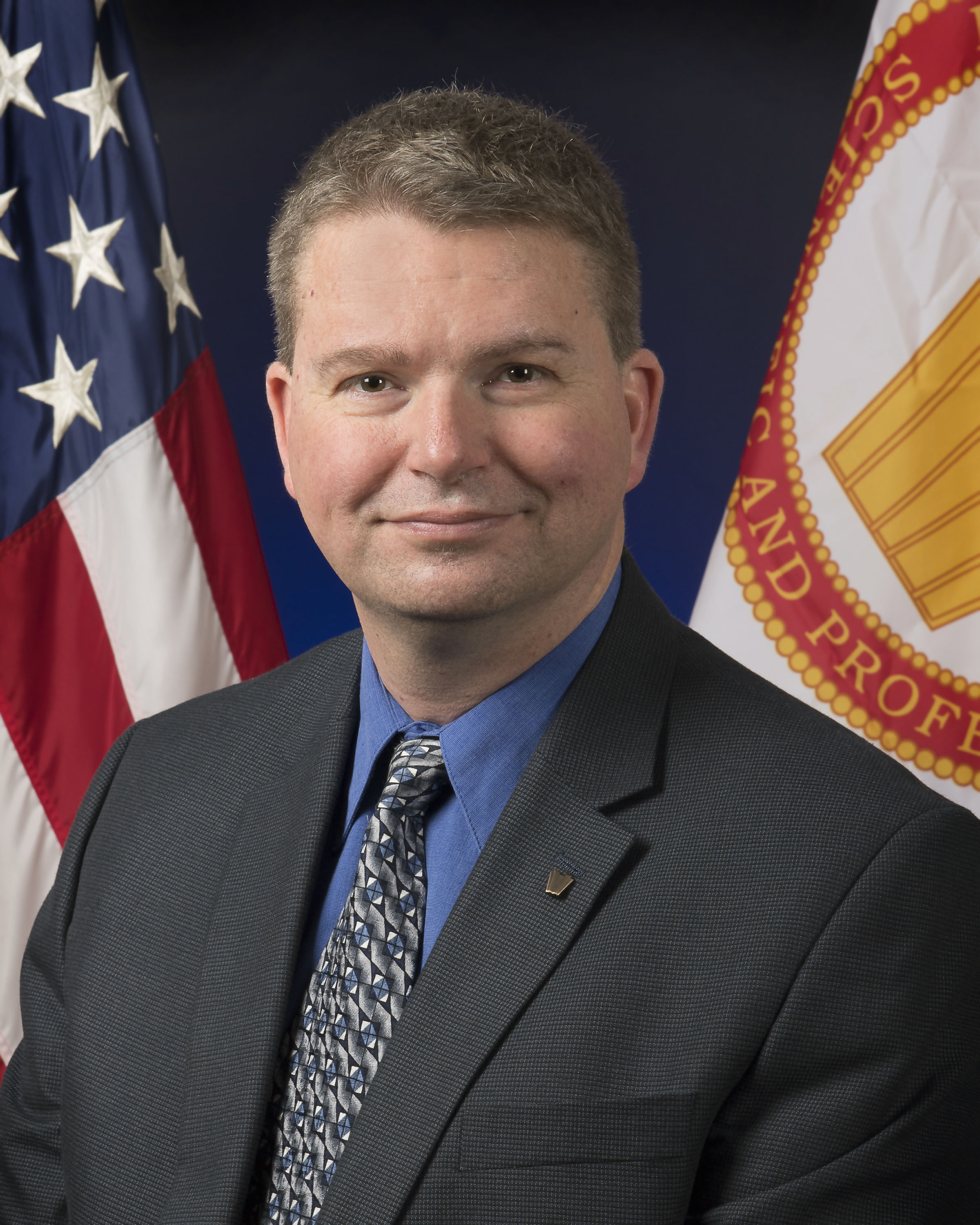 Douglas S. Brungart, PhD, is the Chief Scientist of the National Military Audiology and Speech Pathology Center at Walter Reed. His research focuses on the application of advanced technology to improve the prevention, diagnosis, and treatment of hearing loss and other hearing, balance and speech disorders. He holds a MS and PhD in Electrical Engineering from the Massachusetts Institute of Technology and a BS in Computer Engineering from Wright State University. Douglas S. Brungart, PhD, is the Chief Scientist of the National Military Audiology and Speech Pathology Center at Walter Reed. His research focuses on the application of advanced technology to improve the prevention, diagnosis, and treatment of hearing loss and other hearing, balance and speech disorders. He holds a MS and PhD in Electrical Engineering from the Massachusetts Institute of Technology and a BS in Computer Engineering from Wright State University.
Financial Disclosures: None
Non-Financial Disclosures: None
Sound-induced hearing loss and gaming
Speaker: Lauren Dillard
Organization: Medical University of South Carolina
Job Title: Assistant Professor
This presentation will provide an overview of the WHO Make listening safe initiative, with a focus on efforts related to safe listening among video game and/or esports players. In addition to providing an overview on the WHO Make listening safe initiative, this presentation will focus on three primary topics. First, the speaker will present an overview of the current evidence base, including details from a systematic review and global surveys, related to the risk of unsafe listening among video game players. Second, the speaker will discuss the creation of evidence-based standards, developed in collaboration with various stakeholders, aiming to promote safe listening among video game players. Third, the speaker will present ways in which the WHO aims to raise global awareness on safe listening.
- Learning Objective 1: Describe the WHO Make listening safe initiative and its relevance to global prevention of hearing loss.
- Learning Objective 2: Describe the need to prioritize safe listening among video game and esports players.
- Learning Objective 3: Describe current WHO-led, stakeholder-engaged, actions towards the creation of evidence-based standards to promote safe listening and raise awareness on the risks of unsafe listening.
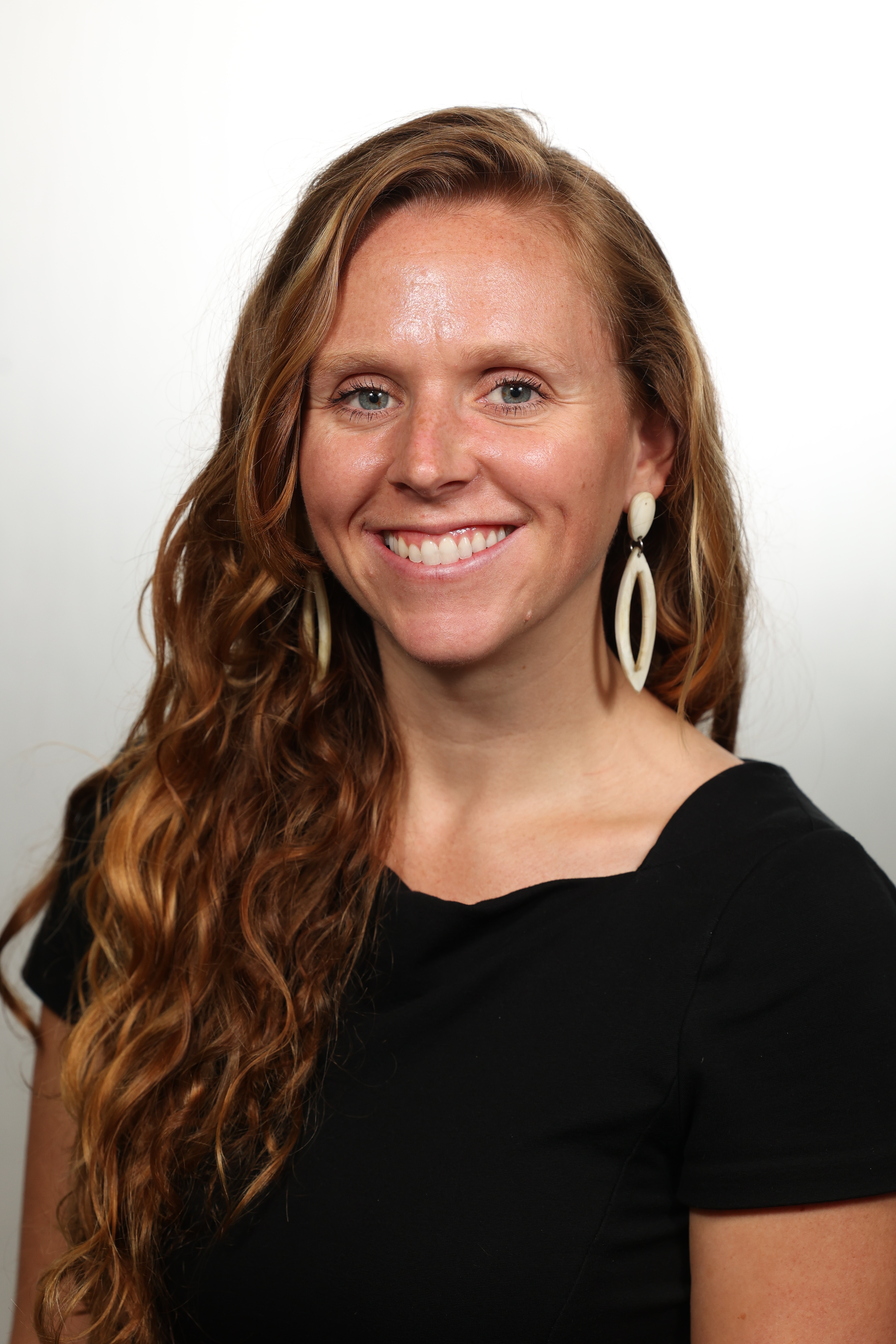 Lauren K. Dillard is an assistant professor at the Medical University of South Carolina. She is cross-trained in global and public health and audiology. Her research is focused on topics related to the epidemiology of hearing loss, including hearing loss prevention and its treatment with hearing aids. Lauren K. Dillard is an assistant professor at the Medical University of South Carolina. She is cross-trained in global and public health and audiology. Her research is focused on topics related to the epidemiology of hearing loss, including hearing loss prevention and its treatment with hearing aids.
Financial Disclosures: None
Non-Financial Disclosures: None
Relations Between Disorders of Sound Tolerance, Tinnitus, and NIHL
Speaker: Marc Fagelson
Organization: East TN State University
Job Title: Professor
Disorders of sound tolerance (DST) and tinnitus continue to challenge patients of all ages and backgrounds. DST and tinnitus are often associated with exposure to hazardous sound levels, however many patients experiencing such exposures present with normal puretone audiograms. This presentation will focus on audiologic and non-audiologic mechanisms associated with DST affecting patients regardless of their puretone sensitivity. Particular attention will be paid to musicians and music-exposed individuals whose exposures are both occupational and recreational, and for whom the emotional tolls of DST and tinnitus are accordingly substantial.
- Learning Objective 1: Report audiologic and non-audiologic mechanisms linked to DST and tinnitus symptom severity
- Learning Objective 2: Explain the limitations of the puretone audiogram as it pertains to patients bothered by tinnitus and DST
- Learning Objective 3: Identify specific needs associated with patient sub-types to facilitate appropriate referral opportunities
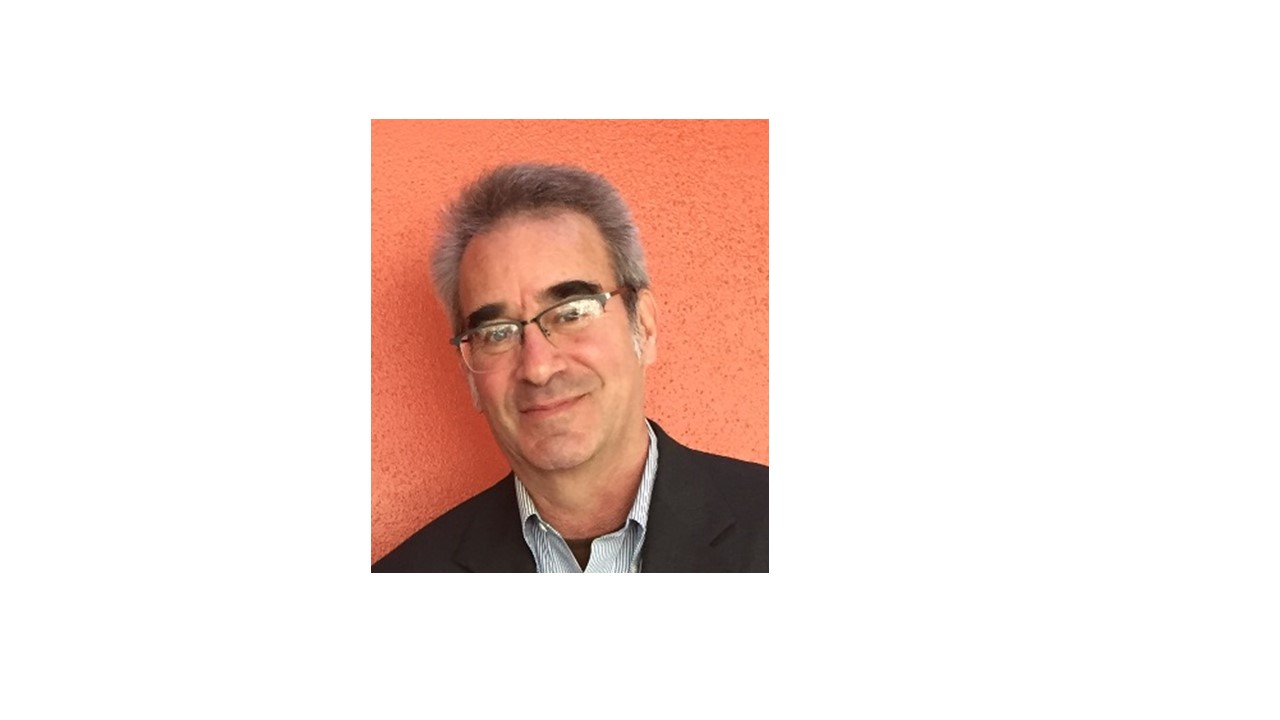 Marc Fagelson, PhD, is a Professor in the Audiology and Speech-Language Pathology Department at East Tennessee State University in Johnson City, TN. He graduated with a Master's in Audiology from Columbia University in New York City, and a PhD from the University of TX - Austin. He supervises students in audiology clinics, specialty tinnitus clinics, during humanitarian efforts, and he teaches classes in audiologic assessment, pathologies, medical audiology, and tinnitus management. Fagelson began working with patients in the tinnitus clinic at the James H. Quillen VAMC in 2001; currently more than 1300 patients have received services. Fagelson is the current chair of the American Tinnitus Association's Scientific Advisory Committee. His scholarship focuses on the mutually-reinforcing effects of tinnitus and traumatic exposures, with particular interest in those patients thus affected who present clinically with normal puretone sensitivity. Fagelson wrote and published an animated video on the topic of tinnitus, its effects, and management options through the TED-ed educational platform. The video has been viewed more than 7 million times since its publication in August, 2020. Marc Fagelson, PhD, is a Professor in the Audiology and Speech-Language Pathology Department at East Tennessee State University in Johnson City, TN. He graduated with a Master's in Audiology from Columbia University in New York City, and a PhD from the University of TX - Austin. He supervises students in audiology clinics, specialty tinnitus clinics, during humanitarian efforts, and he teaches classes in audiologic assessment, pathologies, medical audiology, and tinnitus management. Fagelson began working with patients in the tinnitus clinic at the James H. Quillen VAMC in 2001; currently more than 1300 patients have received services. Fagelson is the current chair of the American Tinnitus Association's Scientific Advisory Committee. His scholarship focuses on the mutually-reinforcing effects of tinnitus and traumatic exposures, with particular interest in those patients thus affected who present clinically with normal puretone sensitivity. Fagelson wrote and published an animated video on the topic of tinnitus, its effects, and management options through the TED-ed educational platform. The video has been viewed more than 7 million times since its publication in August, 2020.
Financial Disclosures: Salary from East Tennessee State University (employment)
Non-Financial Disclosures: ATA Scientific Advisory Committee; Volunteer board member and consultant for American Tinnitus Association
Avoiding confusion when describing brief sounds
Speaker: Greg Flamme, Ph.D.
Organization: SASRAC
Job Title: Senior Scientist
Descriptions of brief sounds frequently employ decibels (dB) as a unit. Too frequently, the label is used without sufficient explanation to avoid confusion. For example, the phrase “a 139 dB impulse” could refer to the instantaneous peak level of the impulse, or it could refer to the integrated energy level in the impulse over 1 second interval. The risk to a listener would differ vastly between these situations. Differences expressed in dB can also be uninterpretable if the signal parameter is not described clearly. The attenuation from using a hearing protector or suppressor differs greatly (e.g., 18 vs 30 dB), depending on whether the dB value represents a reduction in peak, integrated energy, and whether frequency weighting was used. This presentation will include discussions of common signal parameters used to describe brief sounds and will provide examples that illustrate the potential confusion that might result from incomplete descriptions of theoretical and real-world brief sounds.
- Learning Objective 1: Demonstrate the differences between descriptors of brief sounds.
- Learning Objective 2: Demonstrate the different attenuation metrics
- Learning Objective 3: Resolve confusion in the application of decibel descriptors
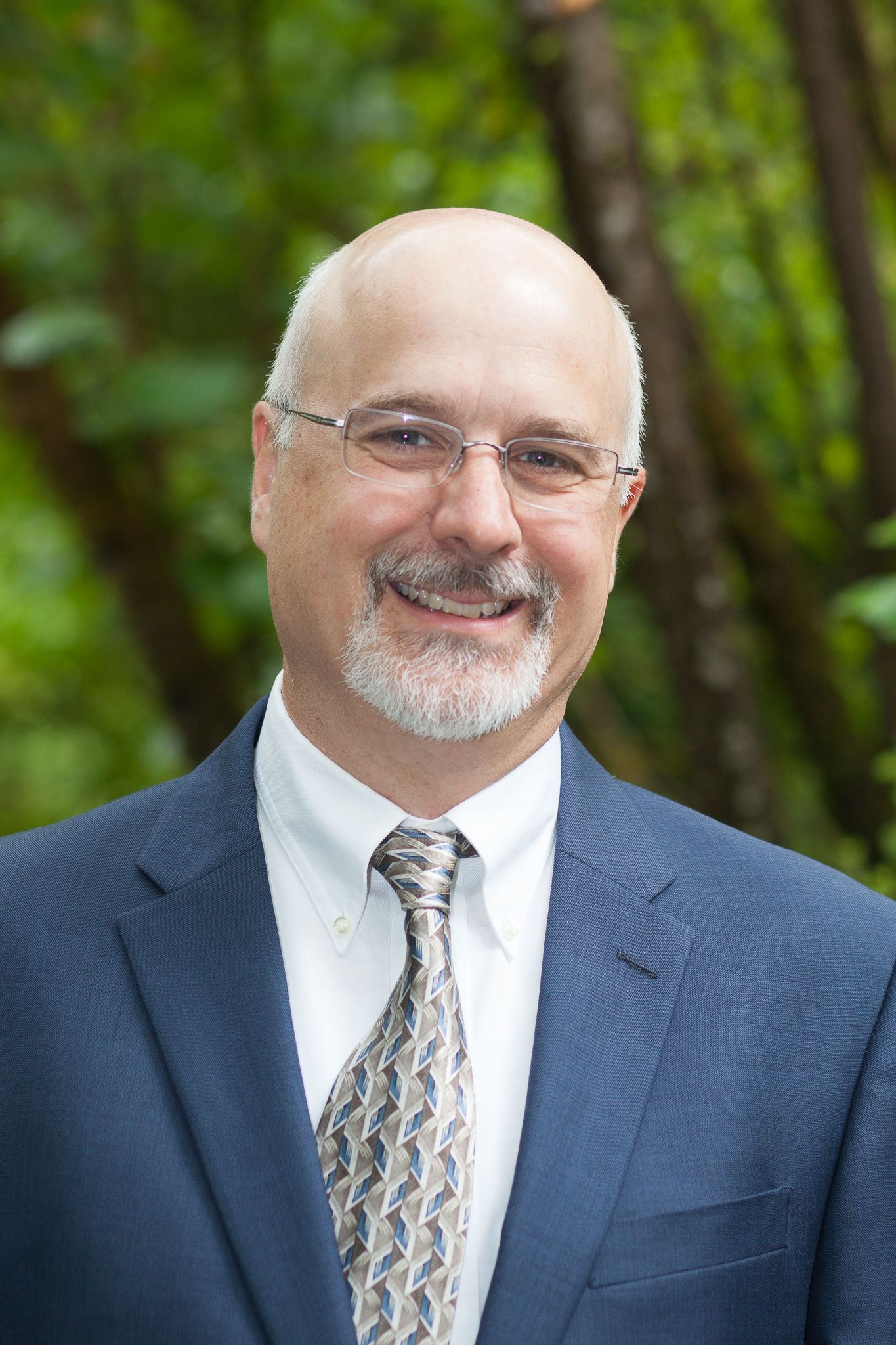 Gregory A. Flamme, Ph.D., Senior Scientist. Dr. Gregory Flamme is a Senior Scientist with Stephenson and Stephenson Research and Consulting (SASRAC) and holds and Affiliate Faculty Appointment at the University of Northern Colorado (Greeley, CO). Prior to joining SASRAC, Dr. Flamme held faculty appointments in the Department of Communication Sciences and Disorders at Western Michigan University in Kalamazoo, Michigan and at the University of Iowa in Iowa City. He completed postdoctoral studies in Epidemiology and Biostatistics at the University of Iowa and his Ph.D. in Audiology at the University of Memphis. He earned a Master’s degree in Audiology at the University of Memphis. Dr. Flamme’s research interests include the measurement and evaluation of impulsive noises, examination of damage-risk criteria for impulsive noise, evaluation of hearing protectors and other noise exposure interventions, hearing aids and other treatments for people with hearing loss, and the epidemiology of hearing and balance problems. Dr. Flamme’s consultation work has included the U.S. National Institute for Occupational Safety and Health (NIOSH), the New York City Fire Department (FDNY) and New York City Department of Health and Mental Hygiene. He is the member of the ANSI working groups for the measurement of impulse noise (ANSI S12.7 revision) and the specification of audiometers (ANSI S3.6), and is a subject matter expert for the U.S. Department of Defense Blast Injury Research Coordinating Office review of auditory blast injury hazard models. Gregory A. Flamme, Ph.D., Senior Scientist. Dr. Gregory Flamme is a Senior Scientist with Stephenson and Stephenson Research and Consulting (SASRAC) and holds and Affiliate Faculty Appointment at the University of Northern Colorado (Greeley, CO). Prior to joining SASRAC, Dr. Flamme held faculty appointments in the Department of Communication Sciences and Disorders at Western Michigan University in Kalamazoo, Michigan and at the University of Iowa in Iowa City. He completed postdoctoral studies in Epidemiology and Biostatistics at the University of Iowa and his Ph.D. in Audiology at the University of Memphis. He earned a Master’s degree in Audiology at the University of Memphis. Dr. Flamme’s research interests include the measurement and evaluation of impulsive noises, examination of damage-risk criteria for impulsive noise, evaluation of hearing protectors and other noise exposure interventions, hearing aids and other treatments for people with hearing loss, and the epidemiology of hearing and balance problems. Dr. Flamme’s consultation work has included the U.S. National Institute for Occupational Safety and Health (NIOSH), the New York City Fire Department (FDNY) and New York City Department of Health and Mental Hygiene. He is the member of the ANSI working groups for the measurement of impulse noise (ANSI S12.7 revision) and the specification of audiometers (ANSI S3.6), and is a subject matter expert for the U.S. Department of Defense Blast Injury Research Coordinating Office review of auditory blast injury hazard models.
Financial Disclosures: None
Non-Financial Disclosures: None
The Brain at Work - Neuroscience and Prevention in Today's High Risk Environments
Speaker: David Greenberg
Organization: Eave
Job Title: Director
This keynote explores how occupational hazards such as noise, particulate matter, hand-arm vibration, and chronic stress converge to affect brain health, not just hearing. Drawing on insights from auditory neuroscience, occupational medicine, and real-world data, Dr. David Greenberg presents a compelling case for expanding hearing conservation into a broader, brain-centered strategy.
Attendees will learn how long-term exposure to environmental and sensory risks can alter cognitive function, attention, memory, and emotional resilience-often before conventional symptoms arise. The session highlights emerging opportunities for early intervention using wearable technologies, real-time monitoring, and AI-driven analytics.
This presentation challenges professionals to move beyond compliance frameworks and consider how integrated, neuroscience-informed approaches can better protect today's workforce.
- Learning Objective 1: Identify how occupational exposures such as noise, dust, vibration, and stress influence central auditory processing and broader cognitive function.
- Learning Objective 2: Summarise the neurological mechanisms through which combined sensory and environmental stressors contribute to auditory fatigue, attention deficits, and hidden hearing loss.
- Learning Objective 3: Evaluate the role of real-time monitoring technologies and wearable devices in enabling early detection and prevention of auditory and brain health risks in the workplace.
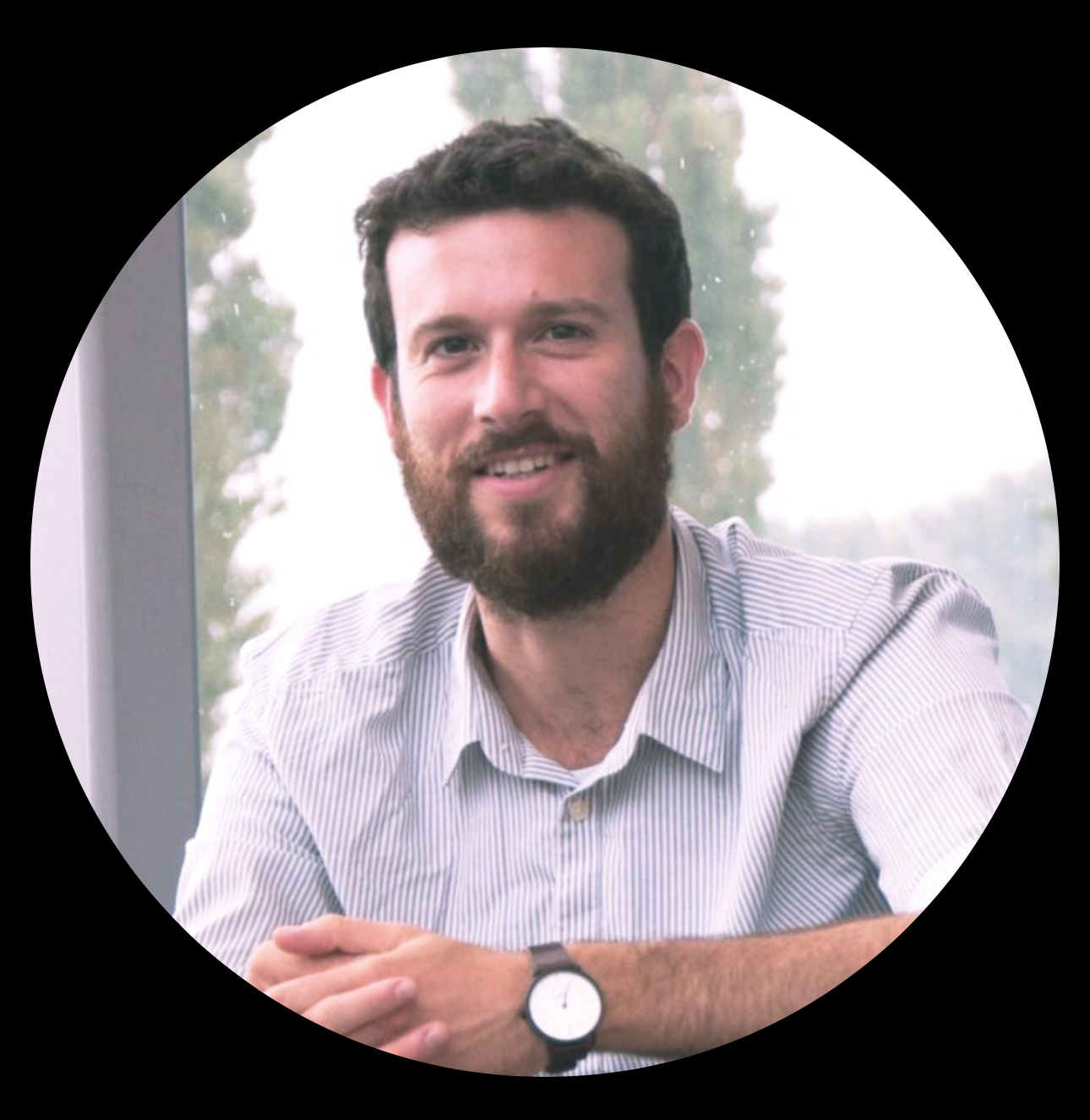 Dr. David Greenberg is the Founder and Director of Eave, a company dedicated to protecting workers from occupational diseases through real-time environmental monitoring, smart wearables and AI-powered analytics. With a background in auditory neuroscience and public health, Dr. Greenberg has spent over two decades bridging science, technology, and frontline health and safety. Dr. David Greenberg is the Founder and Director of Eave, a company dedicated to protecting workers from occupational diseases through real-time environmental monitoring, smart wearables and AI-powered analytics. With a background in auditory neuroscience and public health, Dr. Greenberg has spent over two decades bridging science, technology, and frontline health and safety.
His work focuses on how chronic exposure to noise, dust, vibration, and stress impacts brain function, cognitive performance, and long-term wellbeing. Under his leadership, Eave has developed award-winning technologies that are now used by major construction, infrastructure, and manufacturing firms across the UK and internationally.
Dr. Greenberg is a recognised thought leader in occupational health innovation, with expertise spanning sensory neuroscience, wearable technologies, and systems-based approaches to prevention. He is passionate about reshaping workplace safety around the brain, not just the body.
Financial Disclosures: Salary, ownership interest, intellectual property rights with Eave (Eartex Ltd); Roles include employment, management, teaching/speaking
Non-Financial Disclosures: None
Emerging Technologies in Auditory Performance
Speaker: Andrew Hayes
Organization: Naval Aviation Warfare Center - Aircraft Division, Human System Engineering Department
Job Title: Branch Head, Helmet Systems and Auditory Performance
Hearing protection and communication capability remain vital for operational performance in military aviation. While noise-induced hearing loss (NIHL) has long been the most prevalent service-connected disability across the U.S. military, current warfighter feedback reveal a pressing demand for proactive innovation in hearing protection and communication solutions.
The POM28 Aircrew Systems Enabler Naval Aviation Requirements Group (ENARG) identified Hearing Protection as the number three overall priority for aircrew needs. Warfighters called for reusable, custom-fitted solutions for both fixed-wing and rotary personnel across all platforms, with early fitting and scanning during flight training, long-term sustainment, and integration of Communications Ear Plugs and Active Hearing Noise Reduction (ANR) into helmets. With that, the 2024 Aeromedical Top Ten Priorities Survey reinforced this urgency, placing Hearing Protection as the third-ranked need. The emphasis was on accelerating access to individualized protection systems earlier in the training pipeline and more rapidly than current commercial offerings.
This session will summarize emerging technologies in auditory performance in response to warfighter priorities.
- Learning Objective 1: Understand how priorities are determined by the Helmet System and Auditory Performance branch. Priorities are based on results from the Aircrew Systems Enabler Naval Aviation Requirements Group (ENARG) and Aeromedical Top Ten Priorities.
- Learning Objective 2: List the portfolio of projects the Helmet System and Auditory Performance branch is currently working on to include laser scanning ear canals to produced 3D custom hearing protection, noise dosimetry, helmet-based ANR systems, pressure mapping for seal optimization to maximize ANR performance, enhanced microphone and transmission optimization.
- Learning Objective 3: List the types of noise attenuation measurement techniques used by the Navy's Auditory Performance Lab to include Real Ear Attenuation Testing (REAT), Personal Attenuation Rating (PAR), Microphone in Real Ear (MIRE), and Acoustic Test Fixture Insertion Loss (ATF IL) testing.
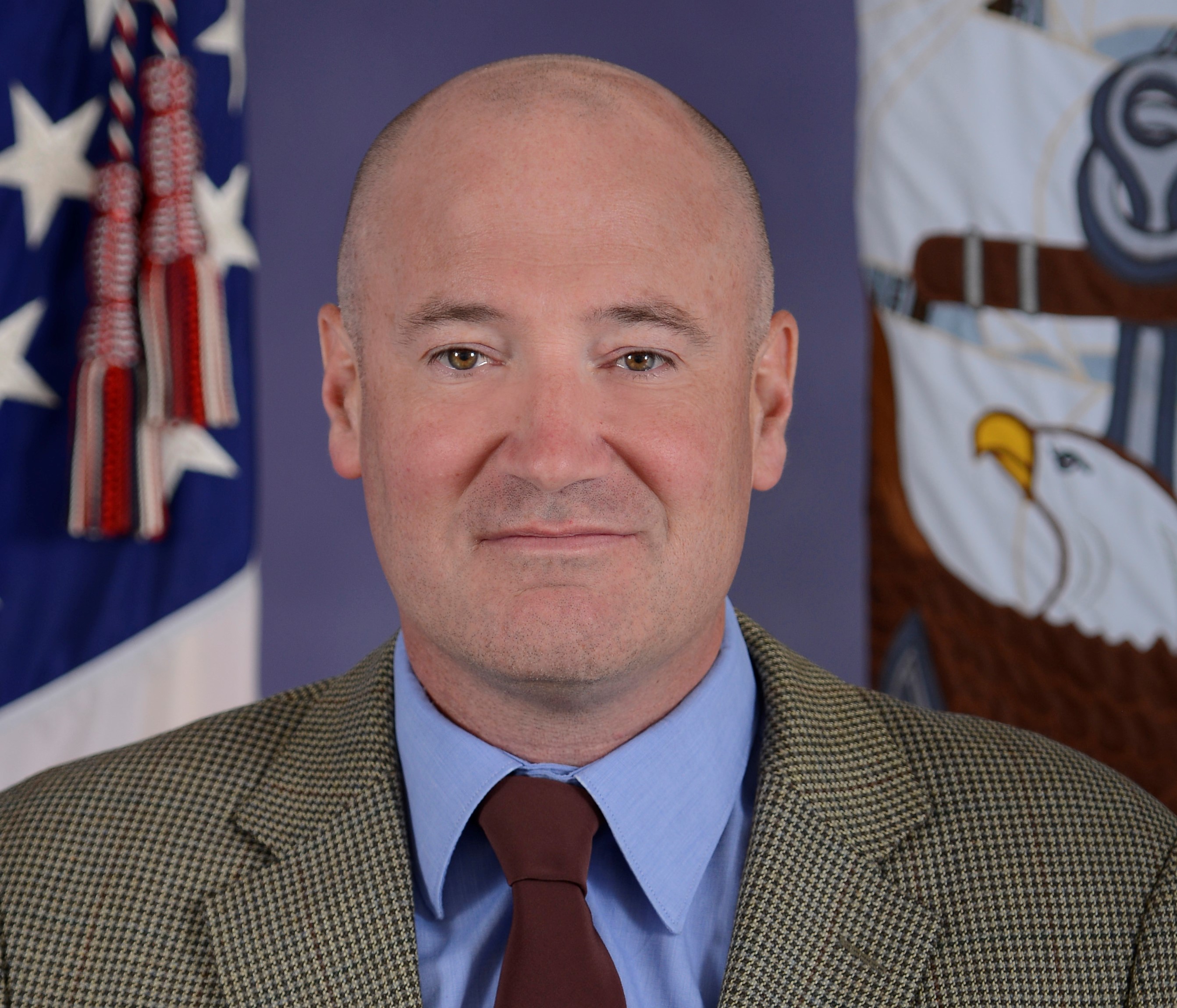 Andrew Marsh Hayes is a native of Onsted, Michigan. He received his Bachelor of Science from Western Michigan University in 1997, Masters of Art from Michigan State University in 2000, and Doctor of Audiology from Salus University in 2007. He is a graduate of the Command and Staff College through Marine Corps University. He is a board certified audiologist through the American Speech-Language- Hearing Association. Andrew Marsh Hayes is a native of Onsted, Michigan. He received his Bachelor of Science from Western Michigan University in 1997, Masters of Art from Michigan State University in 2000, and Doctor of Audiology from Salus University in 2007. He is a graduate of the Command and Staff College through Marine Corps University. He is a board certified audiologist through the American Speech-Language- Hearing Association.
As Audiology Department Head, Branch Medical Clinic, Marine Corps Air Station, Iwakuni, Japan from 2001- 2004, he managed two hearing conservation programs in mainland Japan and as a member of the Early Developmental Intervention Services team, provided clinical audiology services for children of active duty service members. As Department Head, Occupational Health and Preventive Medicine Division, Naval Hospital Jacksonville, from 2004-2007 he managed six hearing conservation programs throughout Georgia and Florida while providing clinical audiology services.
After completed Flight School he was designated a Naval Aerospace and Operational Physiologist in 2008 and served as a Division Officer at the Aviation Survival Training Center, Naval Air Station Patuxent River, Maryland in 2009. As an Aerospace Medical Safety Officer for Marine Aircraft Group Two Nine, Marine Corps Air Station New River, North Carolina from 2009-2013, he provided aeromedical support for aircrew and aircraft maintainers of six helicopter squadrons.
As Director, Aviation Survival Training Center, Marine Corps Air Station Cherry Point, North Carolina from 2013-2016, he managed a staff of 25 military, civilian, and contract personnel. This assignment involved the acquisition of aircrew trainer systems in support of the Naval Aviation Training Systems and Ranges program office (PMA-205). As Resource Sponsor and Requirements Officer from 2016-2019 at the Pentagon, Marine Corps Headquarters, Department of Aviation, Washington, DC, he supported the Aircrew Systems program office (PMA-202) to help aircrew and aircraft maintainers optimize human performance with personal protection equipment. As Program Manager of the Naval Aviation Survival Training Program attached to the Naval Aviation Training Systems and Ranges program office (PMA-205) located at Naval Air Station Patuxent River, MD from 2019-2024 he acquired hypoxia, parachute descent, and water survival training devices for aircrew to respond to life-threatening scenarios.
Dr. Hayes currently serves as Branch Head of Helmet Systems and Auditory Performance within the Naval Air Warfare Center - Aircraft Division, Human Systems Engineering Department. There he supervises 22 engineers, technicians, and summer internships working on projects to improve and acquire hearing protection and communication systems across the Naval Aviation Enterprise. Projects include active noise reduction, 3D scanning and printing custom hearing protection, and dosimetry.
He is a certified Acquisition Professional Member through the Assistant Secretary of the Navy (Research, Development & Acquisition), certified Project Management Professional through the Project Management Institute and maintains advanced certification in Program Management and practitioner certification in Engineering and Technical Management through the Defense Acquisition Workforce Improvement Act. His personal awards include the Navy and Marine Corps Meritorious Service Medal (2), the Navy and Marine Corps Commendation Medal (4), and the Navy and Marine Corps Achievement Medal.
Financial Disclosures: None
Non-Financial Disclosures: None
Factors Related to Dizziness in Workers With Noise-Induced Hearing Loss in Brazil
Speaker: Danúbia Hillesheim
Organization: Federal University of Santa Catarina
Job Title: Postdoctoral Researcher
This session will present findings from a study that examined factors associated with dizziness among Brazilian workers with noise-induced hearing loss (NIHL). The objective was to investigate the prevalence of dizziness and identify related sociodemographic, clinical, and occupational factors using secondary data from Brazil's national notification system. The presentation will highlight key associations and discuss implications for occupational hearing health and worker well-being.
- Learning Objective 1: Identify the sociodemographic, clinical, and occupational factors significantly associated with dizziness among workers with noise-induced hearing loss in Brazil.
- Learning Objective 2: Identify modifiable risk factors linked to dizziness in workers with noise-induced hearing loss (NIHL) and recommend preventive strategies to reduce their impact in the workplace.
- Learning Objective 3: Identify how the NIHL notification system is organized in Brazil and evaluate its potential as a model for integrating occupational hearing health data.
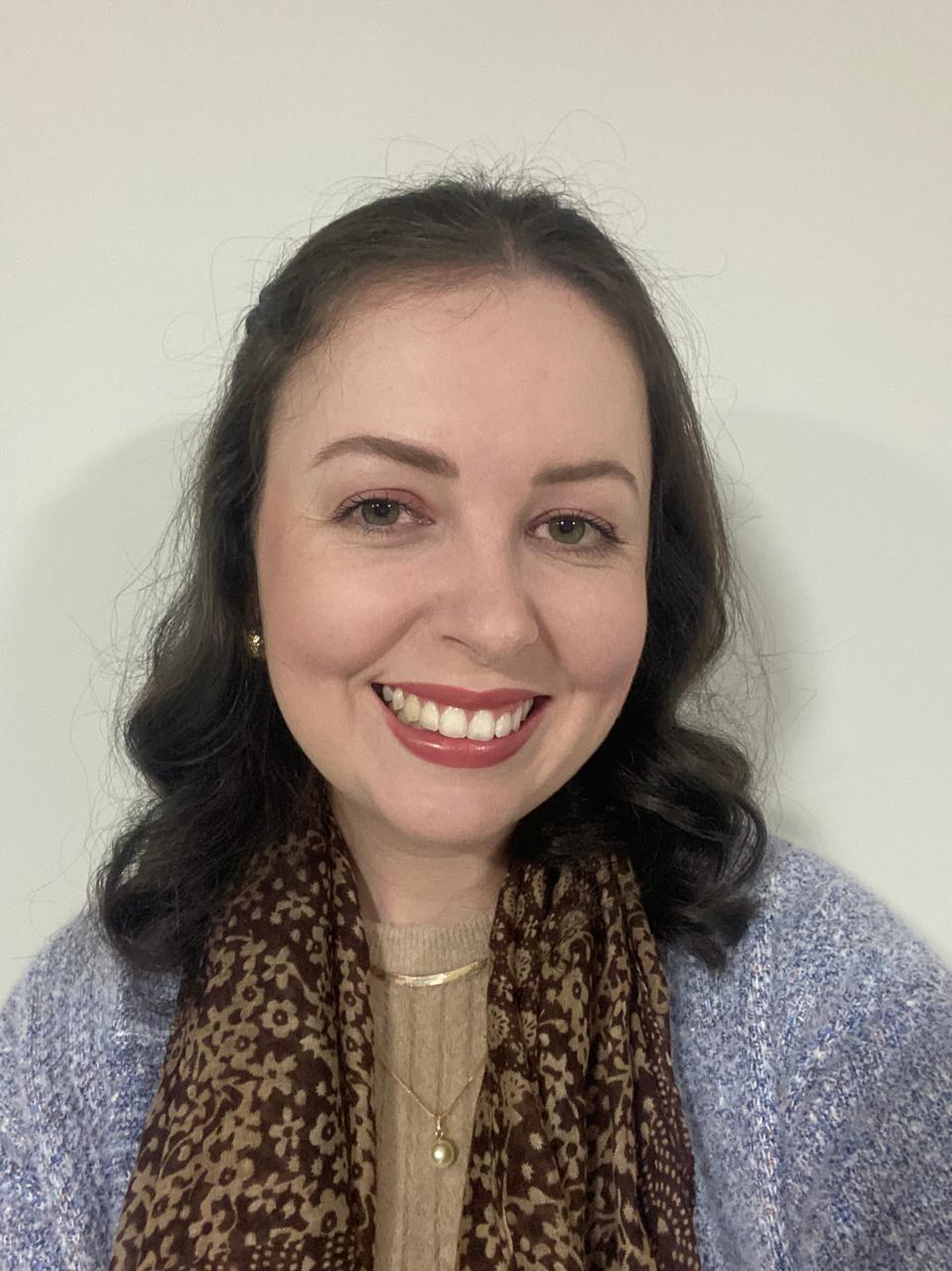 Danúbia Hillesheim, PhD in Public Health, is a Postdoctoral Researcher in Medical Sciences at the Federal University of Santa Catarina (UFSC), Brazil. She also serves as a Visiting Global Research Associate (2025-2026) at the Global Centre on Healthcare and Urbanisation (GCHU), Oxford. At UFSC, she participates in research on occupational health, analyzing risks to workers' hearing based on secondary data, as well as in a cohort study on aging in Southern Brazil. Her main research interests include sensory decline, aging, and occupational hearing health. Danúbia Hillesheim, PhD in Public Health, is a Postdoctoral Researcher in Medical Sciences at the Federal University of Santa Catarina (UFSC), Brazil. She also serves as a Visiting Global Research Associate (2025-2026) at the Global Centre on Healthcare and Urbanisation (GCHU), Oxford. At UFSC, she participates in research on occupational health, analyzing risks to workers' hearing based on secondary data, as well as in a cohort study on aging in Southern Brazil. Her main research interests include sensory decline, aging, and occupational hearing health.
Financial Disclosures: None
Non-Financial Disclosures: None
Evaluating the Use of Boothless Audiometry in U.S. Navy Environments
Speaker: Stephanie Karch
Organization: Naval Submarine Medical Research Laboratory
Job Title: Research Audiologist
Boothless audiometers offer great potential to expand hearing conservation services to everywhere the U.S. Navy warfighter operates. However, operational environments and clinical areas outside of a sound treated booth are rarely quiet and therefore may not be advantageous for audiometric threshold testing. In this presentation, we will discuss the methodology, results, and lessons learned from evaluating the validity and viability of a boothless audiometer in three different U.S. Navy environments.
- Learning Objective 1: Describe the U.S. Navy hearing conservation requirements for annual monitoring audiogram.
- Learning Objective 2: Identify an appropriate test space for boothless audiometry.
- Learning Objective 3: Describe recommendations for boothless audiometry testing in noisy environments.
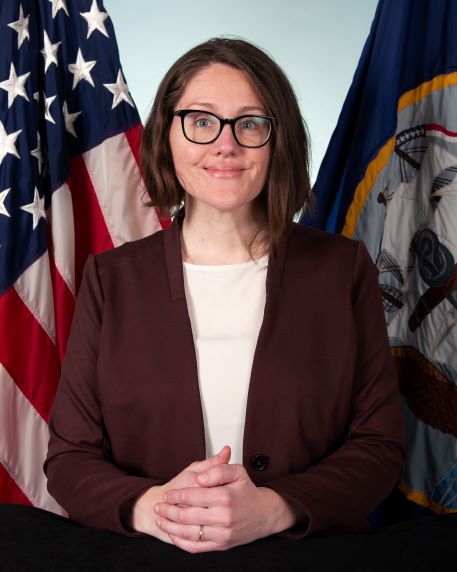
Stephanie Karch is a research audiologist on the Regional Hearing Conservation Program of Record Team at the Naval Submarine Medical Research Laboratory (NSMRL). Her research and
scientific publications cover a wide range of topics including (but not limited to) hearing protector fit training and fit testing, auditory injury and deployment-related mild traumatic brain injury, and tinnitus treatment options. At NSMRL, her work focuses on the prevention and mitigation of acute auditory injury and noise induced hearing loss in both Navy and Marine Corps personnel. Her current research interests include investigating the application and validation of novel technology and clinical tools to assess auditory and hearing protection function in dynamic and austere military occupational environments. Dr. Karch received her clinical doctorate and PhD from Gallaudet University, completed an Oak Ridge Institute for Science and Education (ORISE) Postdoctoral fellowship at the US Army Aeromedical Research Laboratory, holds the Certificate of Clinical Competency in Audiology from the American Speech-Language-Hearing Association, and is a certified Professional Supervisor by the Council for Accreditation in Occupational Hearing Conservation.
Financial Disclosures: None
Non-Financial Disclosures: None
Noise Insulation Properties of Porous Materials for Barriers and Headsets
Speaker: Sridhar Krishnamurti
Organization: Auburn University
Job Title: Professor of Audiology
Sound-absorbing materials absorb most of the sound energy striking them, making them very useful for noise control. There are at least three well-known types of porous materials (cellular, fibrous, and granular) that have been found to be efficient in sound absorption (Crocker & Arenas, 2010). Hearing protection is currently largely ineffective for earplugs due to: a) poor insertion technique) and b) underuse in the workplace by less than half of employed workers who face loud noise exposures (Davis & Sieber, 2002). This makes the acoustical modification of existing HPDs extremely critical for research and the implementation of porous acoustic materials may provide better engineering solutions for hearing protection. The current study addressed two main objectives: 1) distinguish effects of different types of porous materials on noise insulation by noise dosimetry; and 2) develop a noise reduction headset by covering conventional earmuff with porous versus cellular materials. Barrier materials with greater porosity (cellulose, polystyrene, carpet) were found to be good barriers for high frequency absorption (frequencies >1000 Hz). Thickness, density, and porosity contributed to the sound absorption.
- Learning Objective 1: Identify the value of porous materials in noise control.
- Learning Objective 2: Evaluate the frequency effects of noise attenuation by porous materials..
- Learning Objective 3: Demonstrate the noise attenuation properties of porous materials. applied to a traditional earmuff.
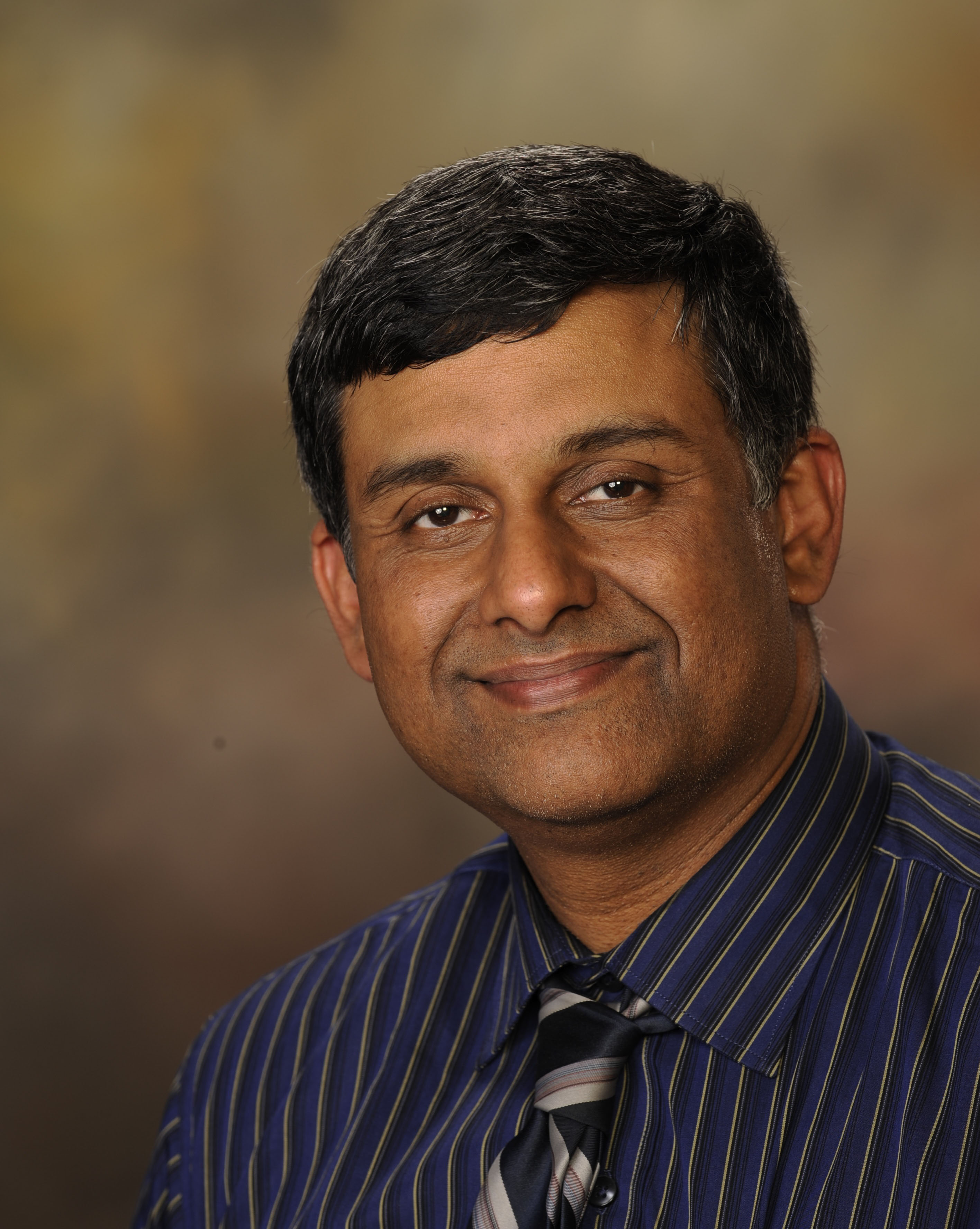 Sridhar Krishnamurti is Professor of Audiology at Auburn University and current NHCA President. Sridhar Krishnamurti has served as the past-continuing education administrator for ASHA Audiology Special Interest Divisions 6-9 and is a Fellow of the American Academy of Audiology. Sridhar Krishnamurti has authored and co-authored journal articles and book chapters that cover the areas of electrophysiology, aging, hearing conservation, auditory processing disorders, and hearing aids. He is a past recipient of the 1999 New Investigator Research Award from the American Academy of Audiology as well as the 2011 Auburn University Alumni Undergraduate Teaching Excellence and 2012 Auburn University Faculty research Awards. Sridhar Krishnamurti is Professor of Audiology at Auburn University and current NHCA President. Sridhar Krishnamurti has served as the past-continuing education administrator for ASHA Audiology Special Interest Divisions 6-9 and is a Fellow of the American Academy of Audiology. Sridhar Krishnamurti has authored and co-authored journal articles and book chapters that cover the areas of electrophysiology, aging, hearing conservation, auditory processing disorders, and hearing aids. He is a past recipient of the 1999 New Investigator Research Award from the American Academy of Audiology as well as the 2011 Auburn University Alumni Undergraduate Teaching Excellence and 2012 Auburn University Faculty research Awards.
Financial Disclosures: None
Non-Financial Disclosures: Current President of NHCA; Professional role, volunteer board membership
Fundamentals of Ethics: Guiding Principles for Moral Behavior
Speaker: John Merkley
Organization: National Hearing Conservation Association
Job Title: Director of Education
The fundamentals of ethics consist of essential principles and concepts that guide moral behavior, providing a framework for distinguishing right from wrong. These core components are applicable across various cultures, belief systems, and philosophical traditions, although interpretations may differ based on context. This presentation will cover the importance of moral principles, roles of ethical theories, process of moral reasoning, the influence of core values, balancing rights and responsibilities, and the impact of cultural considerations in ethics.
- Learning Objective 1: Define the importance of moral principles.
- Learning Objective 2: Explain the process of moral reasoning.
- Learning Objective 3: Define the influence of core values on ethical behavior.
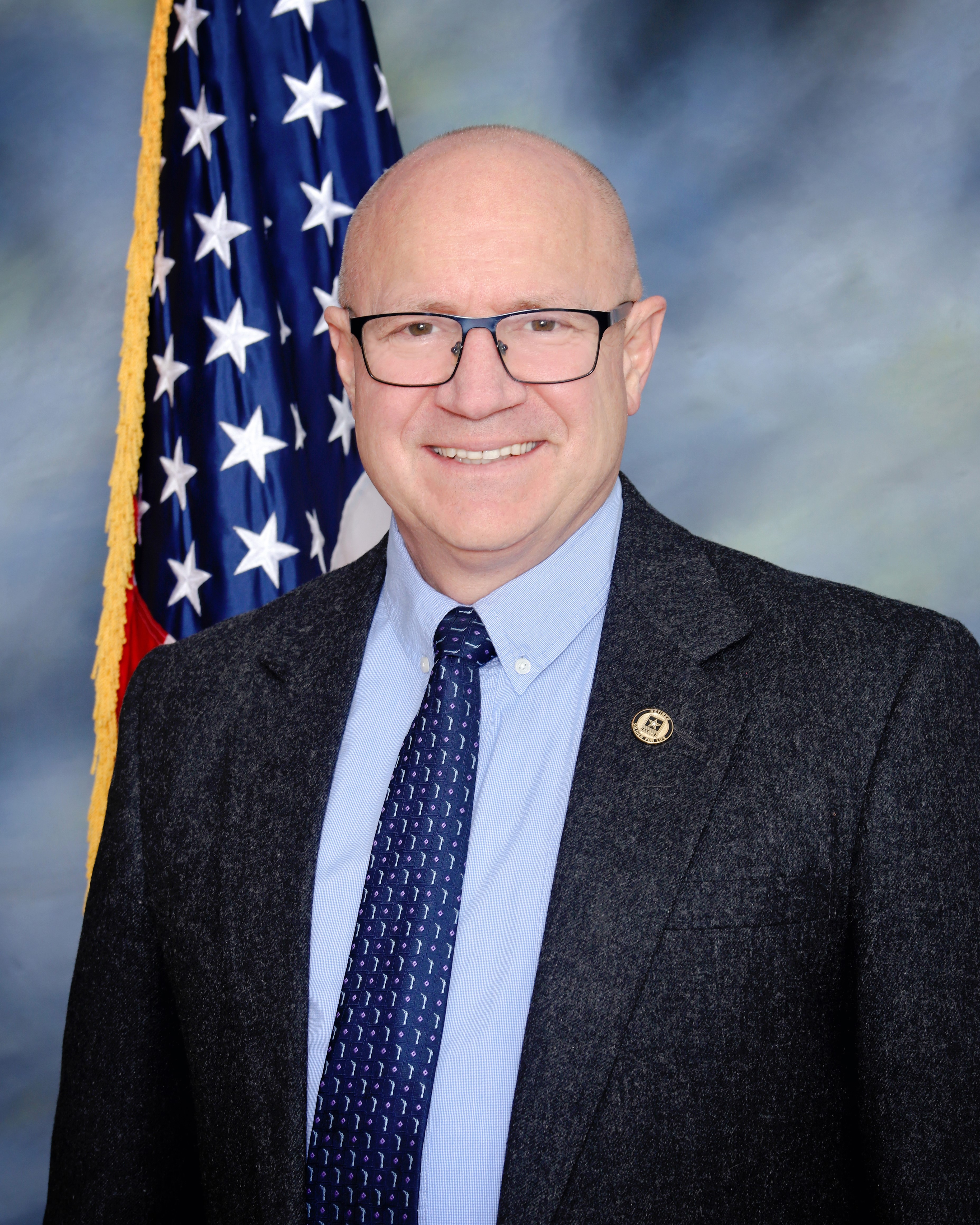 Dr. John 'Andy' Merkley is an occupational audiologist with over 26 years of experience in both clinical and occupational audiology. He currently works as a contract senior program manager with the Defense Health Agency Hearing Center of Excellence. He holds a Master of Science in Communicative Disorders from Utah State University and a Doctor of Audiology from Central Michigan University. Dr. Merkley's professional associations include the American Speech-Language Hearing Association (AHSA), the Military Audiology Association (MAA) and the National Hearing Conservation Association (NHCA). Dr. Merkley is the Director of Education for the National Hearing Conservation Association and is the immediate past Chair of the Council for Accreditation in Occupational Hearing Conservation (CAOHC) where he represented the Military Audiology Association from November 2011 to November 2024. He holds the certificate of clinical competence in Audiology (CCC-A), is a certified CAOHC Course Director (CD) and a CAOHC certified Professional Supervisor (CPS/A). Dr. John 'Andy' Merkley is an occupational audiologist with over 26 years of experience in both clinical and occupational audiology. He currently works as a contract senior program manager with the Defense Health Agency Hearing Center of Excellence. He holds a Master of Science in Communicative Disorders from Utah State University and a Doctor of Audiology from Central Michigan University. Dr. Merkley's professional associations include the American Speech-Language Hearing Association (AHSA), the Military Audiology Association (MAA) and the National Hearing Conservation Association (NHCA). Dr. Merkley is the Director of Education for the National Hearing Conservation Association and is the immediate past Chair of the Council for Accreditation in Occupational Hearing Conservation (CAOHC) where he represented the Military Audiology Association from November 2011 to November 2024. He holds the certificate of clinical competence in Audiology (CCC-A), is a certified CAOHC Course Director (CD) and a CAOHC certified Professional Supervisor (CPS/A).
Financial Disclosures: None
Non-Financial Disclosures: NHCA Board of Directors
Hearing Conservation for Musicians: A Collaboration between Cleveland Clinic and Cleveland Institute of Music
Speaker: Valerie Pavlovich Ruff
Organization: Cleveland Clinic
Job Title: Senior Audiologist
For more than a decade, Cleveland Clinic has been providing students at the Cleveland Institute of Music with a hearing conversation program. The program includes a 1 hour educational and interactive presentation on hearing loss prevention in musicians. Ear plugs are dispensed (3M) and the students are taught how to properly insert them. The education presentation is followed by hearing screenings and sound level measures of the students instrument. The hearing screenings include air conduction thresholds and Otoacoustic Emissions testing. Sound Level meters are used to record the maximum output of a students instrument and guide them on using hearing protection when taking into account hours of playing, playing individually, or playing in groups or ensembles. The students are also offered a limited time discount on custom musicians plugs. The Cleveland Institute of Music has a dorm building with multiple practice rooms on the first floor. The practice rooms are not sound booths, however, they provide a quiet place where testing can be completed. The screenings last roughly 1 and 1/2 days and take place at the conclusion of Cleveland Institute of Music's student week long orientation for all incoming students.
- Learning Objective 1: Identify key components of a hearing conservation program for University Music programs.
- Learning Objective 2: Recognize the need for educating young musicians on hearing loss prevention.
- Learning Objective 3: Develop similar hearing conservation programs in their own local university music programs.
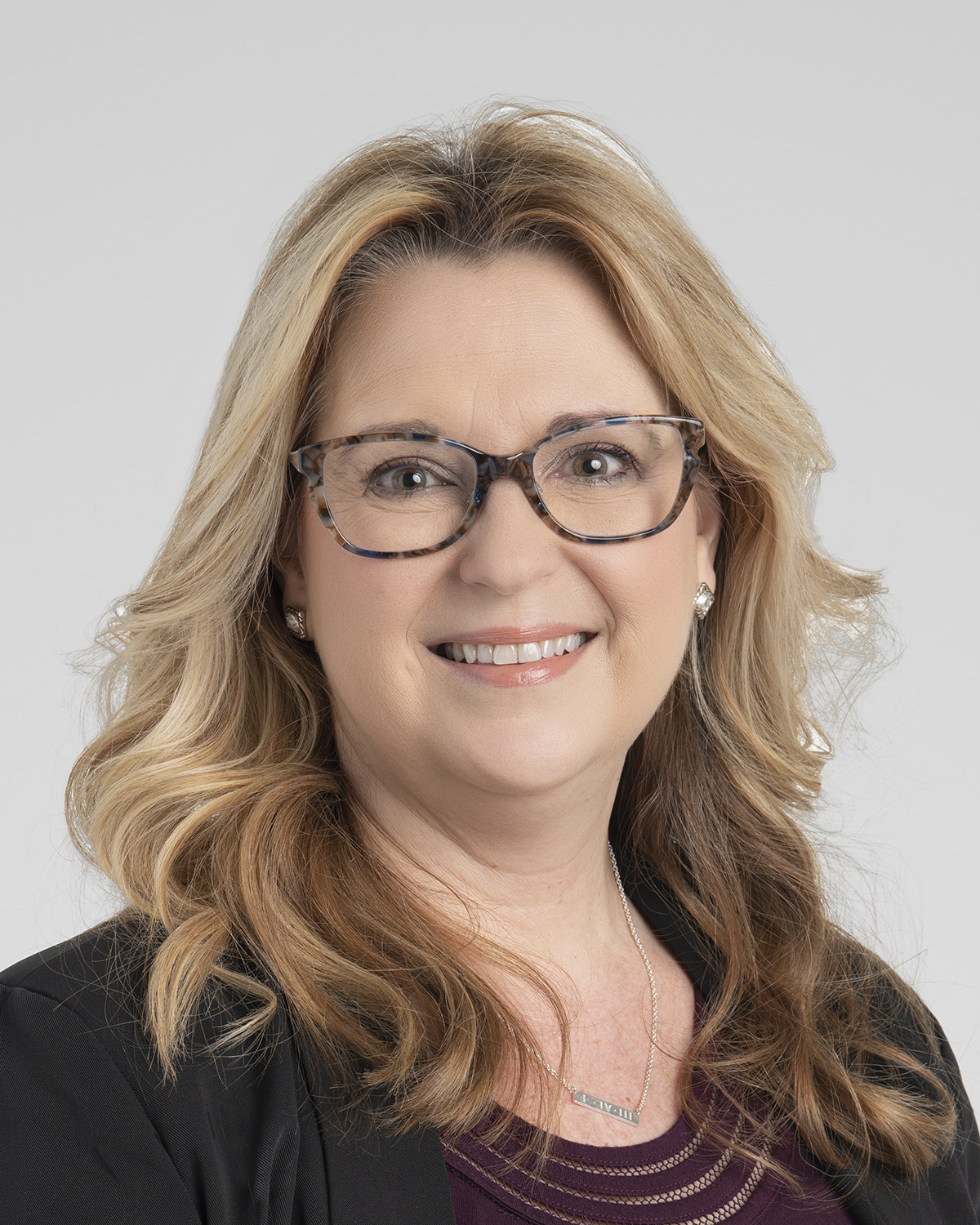 Valerie Pavlovich Ruff is a clinical audiologist at the Cleveland Clinic Family Health and Surgery Center in Strongsville, Ohio. She has been practicing at Cleveland Clinic for 26 years. She holds a CAOHC certificate for Professional Supervisors. She has spent the past 3 years on the Executive Counsel of the National Hearing Conservation Association. She spent 2 years as a member at large and is now serving as Secretary/Treasurer for the organization. She has a passion for working with musicians. She had the pleasure of being mentored by Dr. Michael Santucci and holds Sensaphonics Gold Circle Certificate for working with musicians. She plays piano and sings. Her husband is a gigging drummer. Her daughter is an accomplished musician in cello and guitar. Her son plays both clarinet and piano. Valerie Pavlovich Ruff is a clinical audiologist at the Cleveland Clinic Family Health and Surgery Center in Strongsville, Ohio. She has been practicing at Cleveland Clinic for 26 years. She holds a CAOHC certificate for Professional Supervisors. She has spent the past 3 years on the Executive Counsel of the National Hearing Conservation Association. She spent 2 years as a member at large and is now serving as Secretary/Treasurer for the organization. She has a passion for working with musicians. She had the pleasure of being mentored by Dr. Michael Santucci and holds Sensaphonics Gold Circle Certificate for working with musicians. She plays piano and sings. Her husband is a gigging drummer. Her daughter is an accomplished musician in cello and guitar. Her son plays both clarinet and piano.
Financial Disclosures: None
Non-Financial Disclosures: NHCA Board of Directors
Developing an Intranasal Drug for Tinnitus
Speakers: Thomas Brutnell, PhD and Joseph Pinkl, AuD, PhD
Organization: Gateway Biotechnology
Job Title: Chief Operating Officer; Chief Scientific Officer
GWTT2 is an intranasally-delivered small molecule therapy for the treatment of recent onset tinnitus. The presentation details the discovery and initial characterization of GW-TT2, summarizes clinical data supporting its use as a therapy, and shares results from preclinical (non-GMP) batch production including antimicrobial effectiveness testing, nasal spray characterization, and non-GLP animal toxicity and pharmacokinetic studies in rodent and non-rodent species as advised by FDA. These data support a planned pre-IND meeting with FDA and upcoming clinical trials.
- Learning Objective 1: Describe the sound-based avoidance detection assay for tinnitus identification in animal models.
- Learning Objective 2: Identify the therapeutic target and mode of action of GWTT2.
- Learning Objective 3: Describe the benefits of nasal drug delivery compared to oral.
Dr. Pinkl initially worked as a forensic and clinical audiologist in both the government and private sectors, specifically evaluating and treating tinnitus, hearing loss, hyperacusis and vestibular impairment. His Ph.D. training emphasized both clinical research and translational auditory research using rodent models. As the CSO at Gateway Biotechnology Inc., he leads Gateway’s therapeutic development and repurposing programs while working with CROs to plan and develop Phase 1b and phase 2 clinical trials for Gateway's lead assets.
Dr. Brutnell's scientific expertise is in functional genomics with specializations in systems and synthetic biology. As COO at Gateway Biotechnology, he oversees a range of preclinical, clinical and operational programs including the establishment and maintenance of Gateway's OLAW-assured and USDA registered animal facility; leading a pharmacogenomics program as part of a multi-institutional Phase II clinical trial to develop a drug therapy to prevent noise-induced hearing loss; and co-developing a Phase 1/1b clinical trial design for the treatment of recent onset tinnitus. He led a seed round and is now leading a series A raise for Gateway Biotechnology while guiding Gateway's development of partnerships and investment strategies.
Financial Disclosures (Brutnell): Salary for Employment at Gateway Biotechnology
Non-Financial Disclosures (Brutnell): None
Financial Disclosures (Pinkl): Salary for Employment at Gateway Biotechnology
Non-Financial Disclosures (Pinkl): None
Tools of the Trade - Industrial Hygiene 101
Speaker: Benjamin Roberts
Organization: Benchmark Risk Group
Job Title: Managing Risk Scientist
Industrial hygiene (IH) is the science devoted to the anticipation, recognition, evaluation, and control of occupational hazards. Of these four tasks, the IH is most heavily involved in the evaluation of both physical (i.e., noise) and chemical (e.g., ototoxicants) hazards. However, it is valuable for the other members of the hearing conservation team to have a working knowledge of the common equipment and methodologies employed by IHs. This presentation will provide an overview of how IHs measure exposure, including commonly employed sampling equipment, sampling methodologies, and basic interpretation of results. The information in this presentation will make it easier for IHs and non-IHs to coordinate and protect workers' hearing.
Learning Objective 1: Define common terms used in industrial hygiene.
Learning Objective 2: Identify common industrial hygiene equipent that can be used to assess exposure to noise and chemical hazards.
Learning Objective 3: Analyze the results from industrial hygiene monitoring.
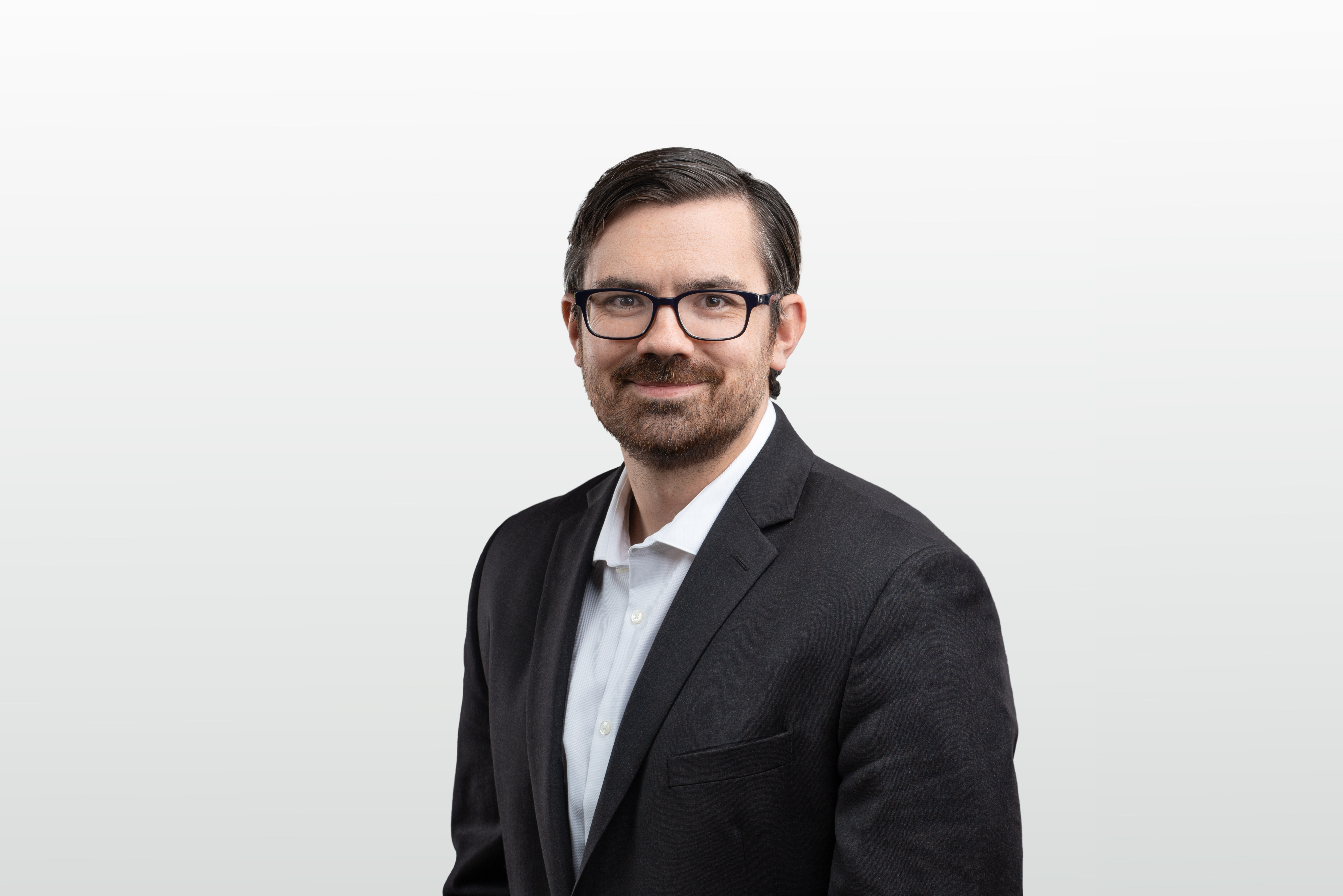 Dr. Benjamin Roberts is a Managing Risk Scientist at Benchmark Risk Group. Dr. Roberts completed a Ph.D. in Environmental Health Science and an MPH in industrial hygiene, both from the University of Michigan. He is also a Certified Industrial Hygienist. His research is focused on the statistical analysis of occupational and environmental exposure data with an emphasis on using new technology and rigorous statistical methods to improve decision-making. Dr. Roberts is a member of the American Industrial Hygiene Association (AIHA) and is active in the Big Data and Sensors Technology Content Portfolio Advisory Group (CPAG) and is also the past chair of the AIHA Noise Committee. He is also an adjunct faculty member at Grand Valley State University (GVSU) in Grand Rapids, MI. He is currently an executive committee member of the Council for Accreditation in Occupational Hearing Conservation (CAOHC) and an expert panel member of the Safe In Sound committee. He has authored or co-authored 24 peer-reviewed manuscripts, three book chapters, one monograph for the World Health Organization (WHO) and has presented at several conferences on the topics of noise, silica, and asbestos exposure, frequentist and Bayesian statistical analysis, and big data. Dr. Benjamin Roberts is a Managing Risk Scientist at Benchmark Risk Group. Dr. Roberts completed a Ph.D. in Environmental Health Science and an MPH in industrial hygiene, both from the University of Michigan. He is also a Certified Industrial Hygienist. His research is focused on the statistical analysis of occupational and environmental exposure data with an emphasis on using new technology and rigorous statistical methods to improve decision-making. Dr. Roberts is a member of the American Industrial Hygiene Association (AIHA) and is active in the Big Data and Sensors Technology Content Portfolio Advisory Group (CPAG) and is also the past chair of the AIHA Noise Committee. He is also an adjunct faculty member at Grand Valley State University (GVSU) in Grand Rapids, MI. He is currently an executive committee member of the Council for Accreditation in Occupational Hearing Conservation (CAOHC) and an expert panel member of the Safe In Sound committee. He has authored or co-authored 24 peer-reviewed manuscripts, three book chapters, one monograph for the World Health Organization (WHO) and has presented at several conferences on the topics of noise, silica, and asbestos exposure, frequentist and Bayesian statistical analysis, and big data.
Financial Disclosures: None
Non-Financial Disclosures: None
Personalized Protection and Repair: Precision Medicine Meets Inner-Ear Therapeutics for NIHL
Speaker: Angela Shoup
Organization: Callier Center for Communication Disorders, University of Texas at Dallas
Job Title: Executive Director/Professor
Noise-induced hearing loss (NIHL) remains a significant public health concern, affecting millions worldwide. This presentation introduces a precision medicine framework for addressing NIHL, emphasizing the integration of individualized risk profiling, genetic susceptibility, and targeted therapeutic strategies. By leveraging advances in genomics, molecular diagnostics, and data-driven modeling, precision medicine enables a proactive approach to identifying those at greatest risk and tailoring interventions accordingly.
We will explore how this paradigm shift intersects with the development of emerging inner-ear therapeutics designed to protect and repair cochlear structures. These innovations represent a transformative opportunity to move beyond generalized prevention toward personalized auditory care.
Attendees will gain insight into the translational potential of precision medicine in hearing health, the current landscape of inner-ear therapeutic development, and the collaborative pathways needed to bring these solutions from bench to bedside.
- Learning Objective 1: Define the Role of Precision Medicine in Hearing Health: Explain how precision medicine principles can be applied to identify and manage patients at risk for NIHL.
- Learning Objective 2: Describe Genetic and Environmental Risk Factors for NIHL: Identify key genetic markers and environmental exposures that contribute to susceptibility to noise-induced hearing loss and discuss how these factors inform personalized prevention strategies.
- Learning Objective 3: Evaluate Emerging Inner-Ear Therapeutics for NIHL: Summarize current and investigational therapies and assess their mechanisms of action, delivery methods, and clinical potential.
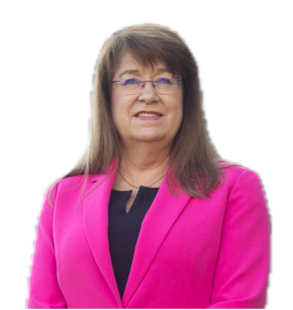 Angela Shoup, PhD, is the Executive Director of the Callier Center for Communication Disorders and a professor in the department of Speech, Language and Hearing, School of Behavioral and Brain Sciences at the University of Texas at Dallas. She also has an appointment as clinical professor in the Department of Otolaryngology-Head and Neck Surgery at the University of Texas Southwestern Medical Center. Angela Shoup, PhD, is the Executive Director of the Callier Center for Communication Disorders and a professor in the department of Speech, Language and Hearing, School of Behavioral and Brain Sciences at the University of Texas at Dallas. She also has an appointment as clinical professor in the Department of Otolaryngology-Head and Neck Surgery at the University of Texas Southwestern Medical Center.
Dr. Shoup has published articles and textbook chapters on audiologic procedures, implantable auditory devices, newborn hearing screening, ototoxic monitoring, and congenital cytomegalovirus. She has participated in multiple clinical trials involving innovative treatment of hearing and balance and monitoring for ototoxicity in drug development. She has been an invited speaker at national and international meetings. She served as president of the American Academy of Audiology, Texas Academy of Audiology, chair of the Ethical Practices Committee for the American Academy of Audiology, chair of the American Academy of Audiology Foundation Board of Trustees. and chair of the Audiology Academy of the National Academies of Practice. Among other professional activities, she is currently chair of the Guidelines and Strategic Documents Committee for the American Academy of Audiology and a member of the Scientific Advisory Committee for the National CMV Foundation.
Financial Disclosures: None
Non-Financial Disclosures: None
|